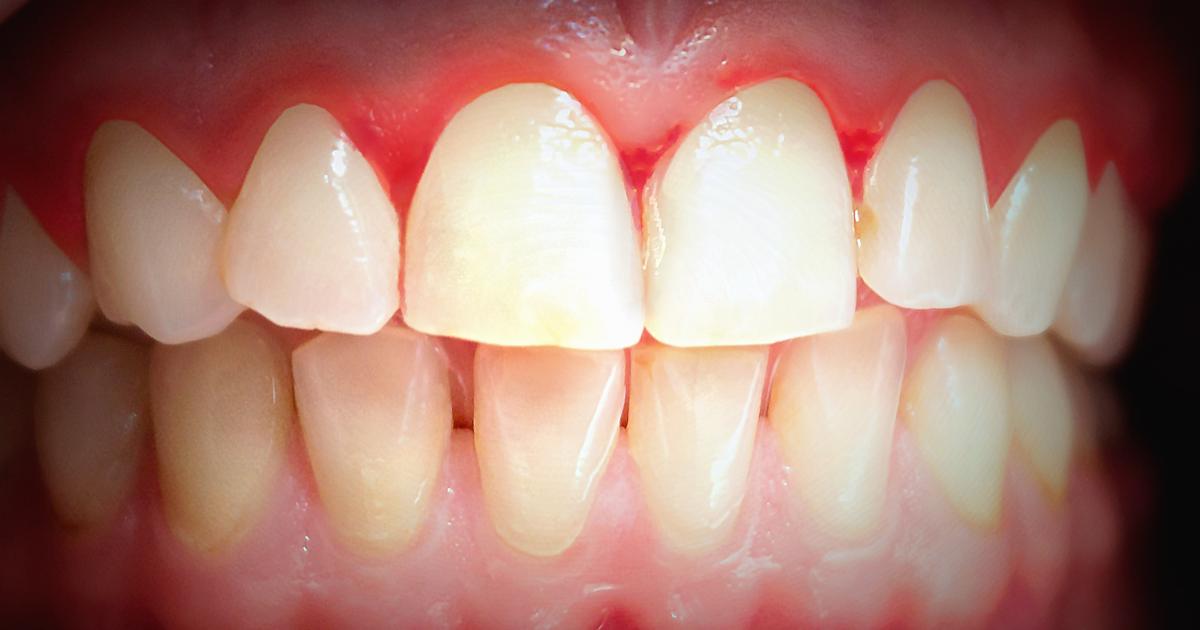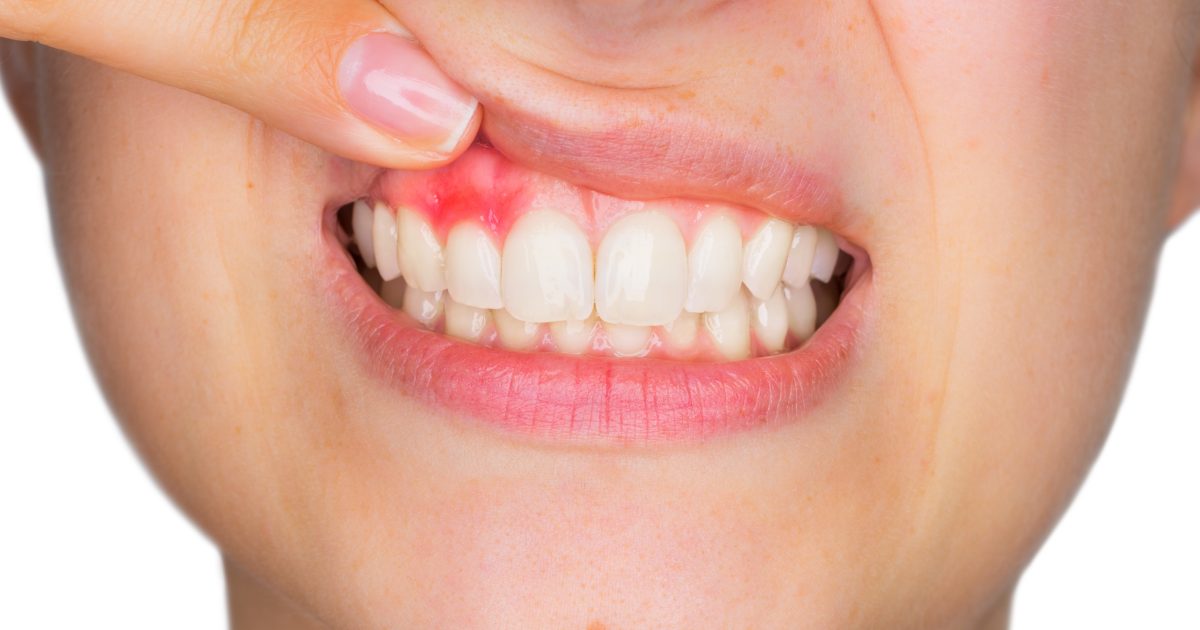Warning Signs Of Gum Disease
Gum disease, also sometimes referred to as periodontitis, is a serious condition that requires proper treatment. With gum disease, bacteria begin growing in the mouth, leading to damage of the gums and tissues around an individual's teeth. Failing to properly treat gum disease can cause patients to permanently lose their teeth because of the damage. Periodontitis is a slightly different condition from gingivitis, otherwise known as gum inflammation. Inflammation of the gums commonly occurs before gum disease, but not all cases of gingivitis will progress to periodontitis. Early gingivitis occurs when the gums are inflamed by bacteria in tooth plaque. Untreated gingivitis can advance to periodontitis, which causes the inner layers of bone and gum to pull away entirely from the teeth.
Bleeding Gums

Bleeding gums are the most recognizable sign of gum disease and they can occur with both gingivitis and periodontitis. It's also possible for bleeding gums to be a sign of leukemia, certain vitamin deficiencies, or problems with blood clotting. When plaque stays on gums for too much time, the bacteria cause the gums to become inflamed. Plaque that isn't removed can harden and become tartar. If individuals have tartar on their gums, they're more likely to bleed more. Gum inflammation can cause the gums to bleed, become puffy, and feel sore. The rest of the affected individual's mouth might also feel sore. When the inflammation advances to periodontitis, patients have an infection in their gums that's causing the inflammation. As the bone and gums pull away from the teeth, hollow spaces are formed. These spaces can be filled by bacteria, which cause serious damage to both teeth and gums. If individuals think they may have periodontitis, they should see a dentist or doctor right away. Failing to treat periodontitis in time can cause teeth to become loose and fall out.
Swollen Or Tender Gums

An individual's gums may become tender or swollen if they have gum disease, and they may also look redder than usual. Some patients don't experience pain in their gums as gum disease progresses, even when the disease reaches its late stages. If individuals notice their gums are swollen and red, but they aren't feeling tenderness or pain, it's still a good idea to talk to a dentist. Some patients experience gum disease throughout their gums, but others only have certain teeth affected. Tooth-specific gum disease will often affect the molars. Periodontists and dentists are the only professionals specifically trained in how to diagnose and manage gum disease. Gingivitis and periodontitis can both cause swelling and tenderness in the gums. With gingivitis, the swelling is due to inflammation. Swelling may become worse when the disease progresses to periodontitis, since there is an underlying infection causing further inflammation. Patients can stop gum disease from causing further damage by practicing proper plaque control and seeing a dentist for cleanings twice yearly.
